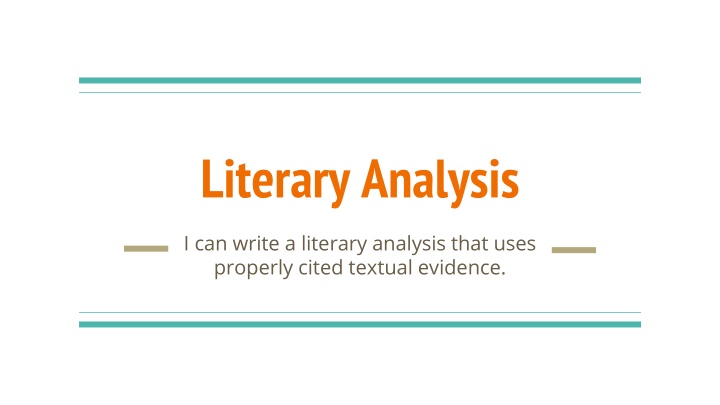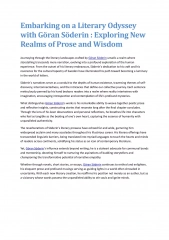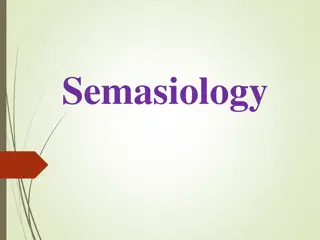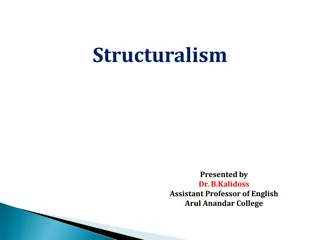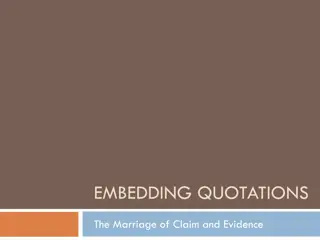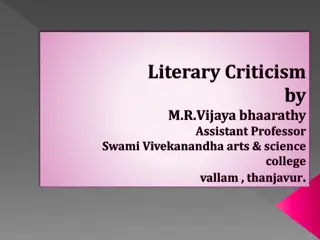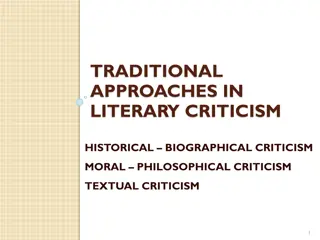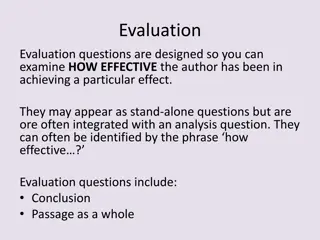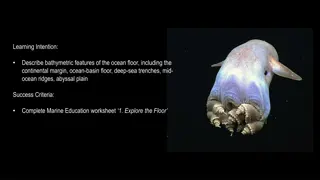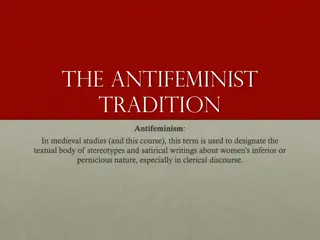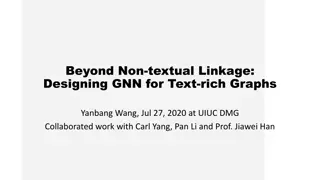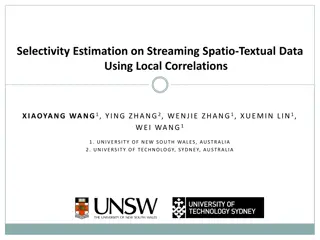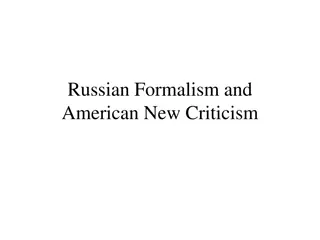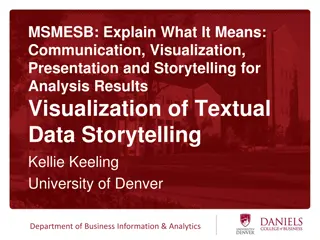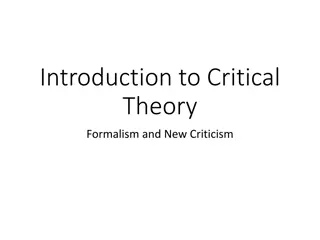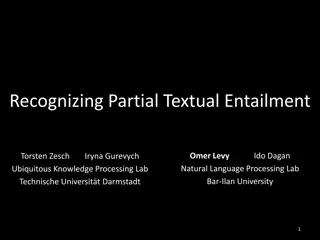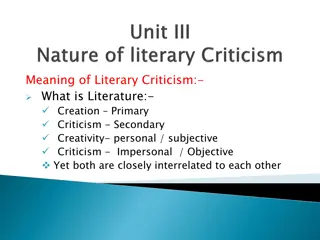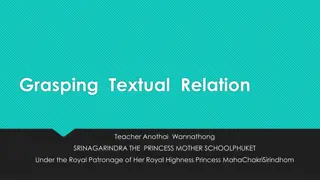Dive into Literary Analysis: Understanding the Depths of Textual Meaning
Literary analysis involves dissecting literature to uncover the significance of its parts and how they contribute to the overall meaning. By examining rhetoric and story elements, and exploring the significance and meaning behind the text, readers can gain a deeper understanding of the author's message and intent.
Download Presentation

Please find below an Image/Link to download the presentation.
The content on the website is provided AS IS for your information and personal use only. It may not be sold, licensed, or shared on other websites without obtaining consent from the author.If you encounter any issues during the download, it is possible that the publisher has removed the file from their server.
You are allowed to download the files provided on this website for personal or commercial use, subject to the condition that they are used lawfully. All files are the property of their respective owners.
The content on the website is provided AS IS for your information and personal use only. It may not be sold, licensed, or shared on other websites without obtaining consent from the author.
E N D
Presentation Transcript
Literary Analysis I can write a literary analysis that uses properly cited textual evidence.
What is a Literary Analysis? Literary analysis involves breaking a piece of literature into parts and then explaining how those parts contribute to the overall or significant meaning of the text.
Breaking Down the Text We break literature down in two ways: Rhetoric (Use of Language) Story (Plot and Fiction Elements)
Rhetoric Rhetoric is the art of using words to persuade or inform. Writers use literary devices when employing rhetoric. Literary Devices: Details Word Choice (Diction) Figurative Language (Metaphors, Symbols, Analogies ) Imagery Structure (Syntax)
Story/Elements of Fiction Stories are central to any meaningful literature. Some basic elements of story can be used to breakdown a story into parts. Elements of Fiction: Setting Plot Character Conflict Themes Point of View
Significance & Meaning Once you ve broken down the text into a part/parts, you have to explain why it is significant or meaningful . Significance: Something is significant if it is unique, influential, vivid, and/or relatable. Meaning: Meaning is always related to emotions. Something is meaningful if it has a strong connection to a feeling.
Put it all together Your literary analysis paragraphs should include answers to all of these questions: 1) What is meaningful about the text? 2) What is a significant part of the text? 3) How does that part of the text connect to the meaning of the text?
Example In chapter one of Pirsig s novel, Zen and the Art of Motorcycle Maintenance, readers are challenged to think deeply about what it means to be fully present. He begins this discussion by stating, You see things vacationing on a motorcycle in a way that is completely different from any other (4). He goes on to argue that when one rides a motorcycle, they are in the action, rather than being a passive observer (4). Meaning, it is better to experience through our senses, rather than only our imaginations. This concept is also significant later in the novel when . This is a meaningful concept that Pirsig wants his readers to apply to their own lives...
Structuring Your Analysis Claim (What are you claiming about the author s use of rhetoric, a concept, etc. What is the author doing?) Evidence (Quote/Paraphrase) Explanation of Evidence (How does your evidence support your claim? What is the significance of this evidence?)
Example In chapter one of Pirsig s novel, Zen and the Art of Motorcycle Maintenance, readers are challenged to think deeply about what it means to be fully present. He begins this discussion by stating, You see things vacationing on a motorcycle in a way that is completely different from any other (4). He goes on to argue that when one rides a motorcycle, they are in the action, rather than being a passive observer (4). Meaning, it is better to experience through our senses, rather than only our imaginations. This concept is also significant later in the novel when . This is a meaningful concept that Pirsig wants his readers to apply to their own lives...
